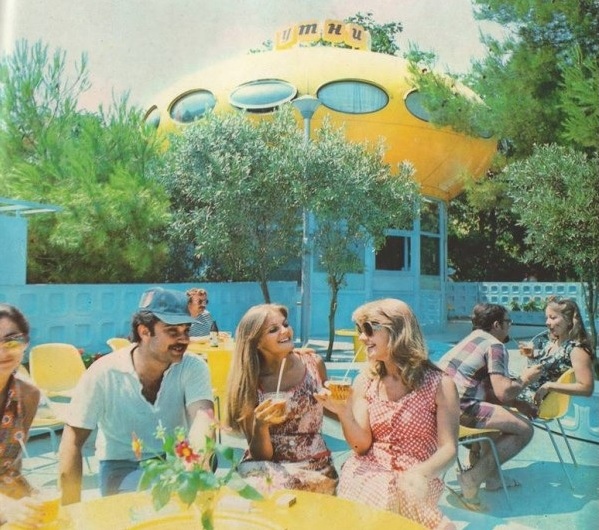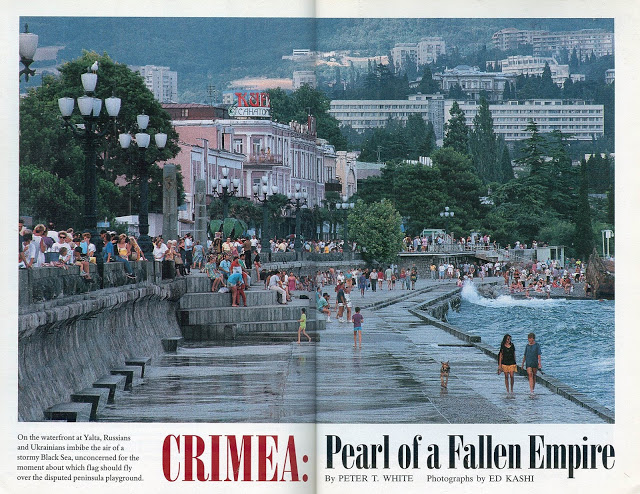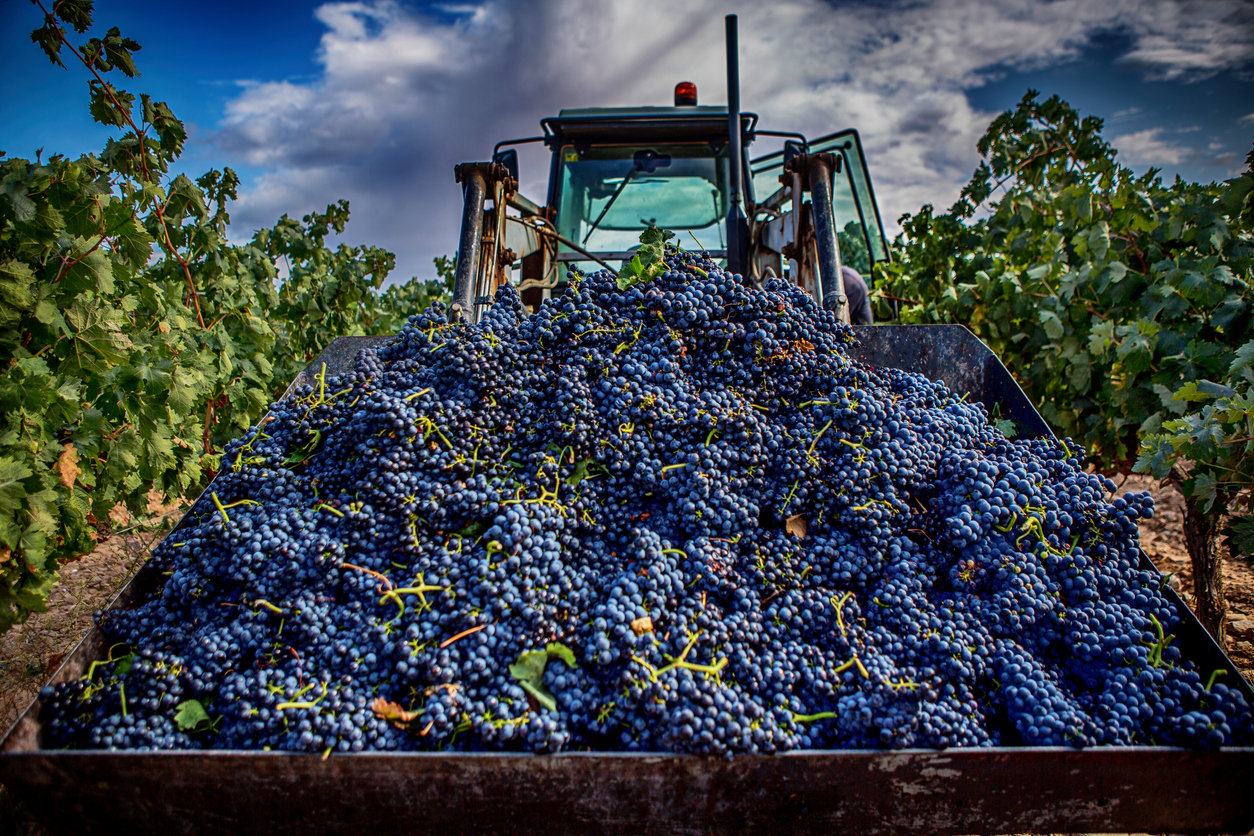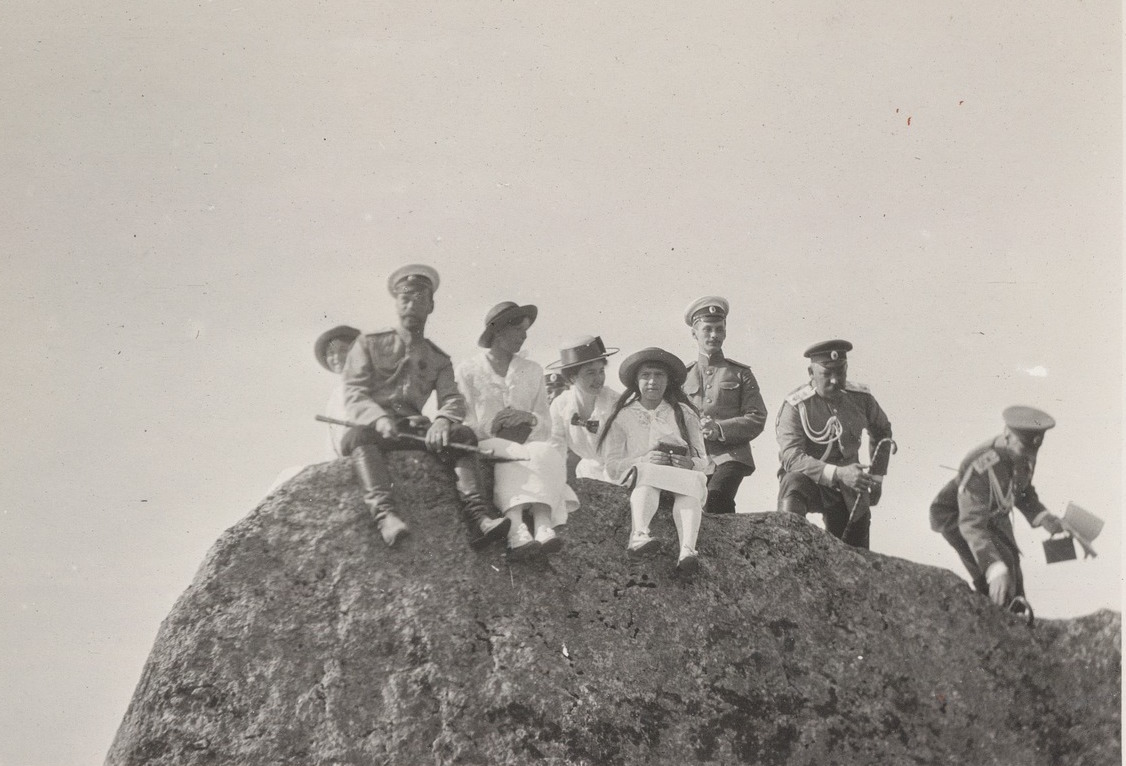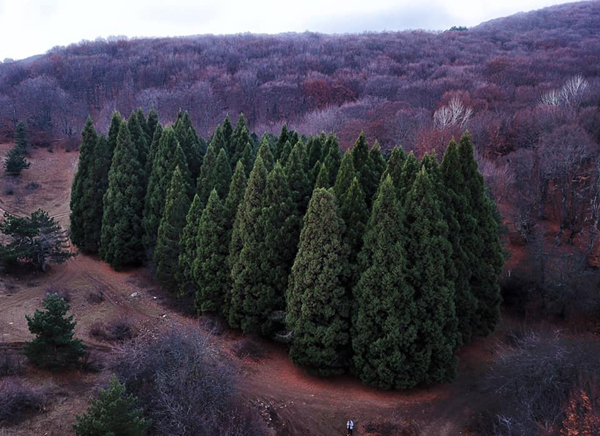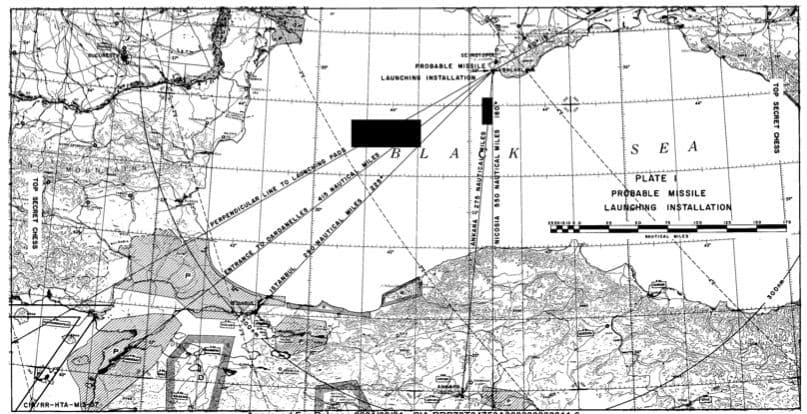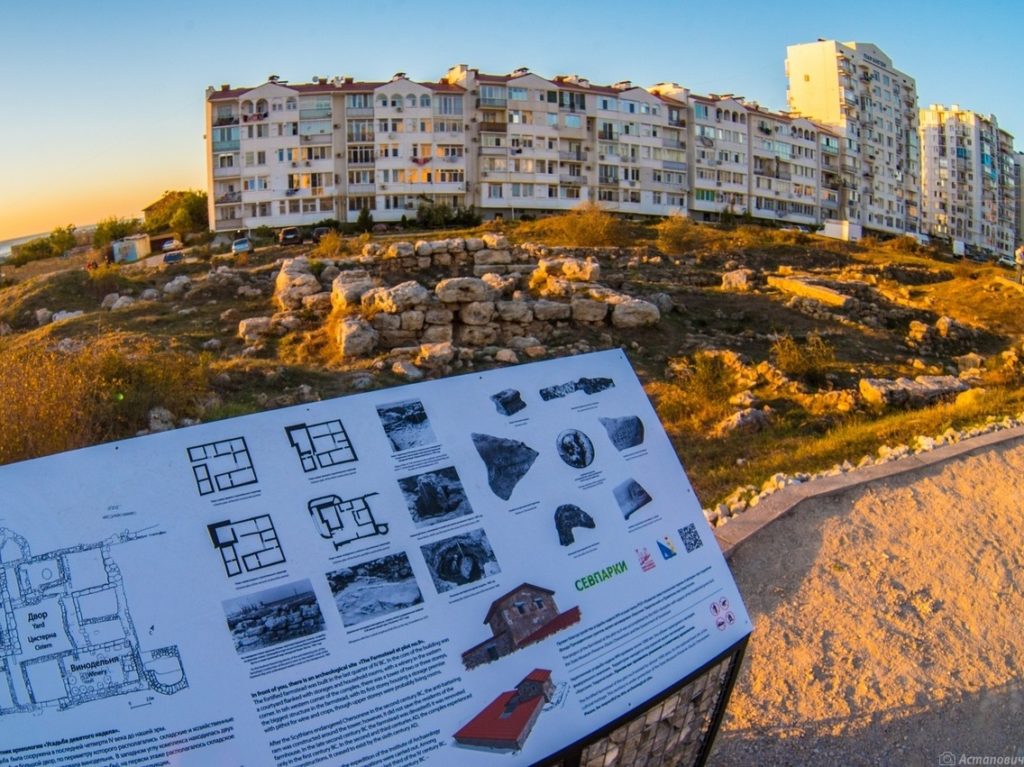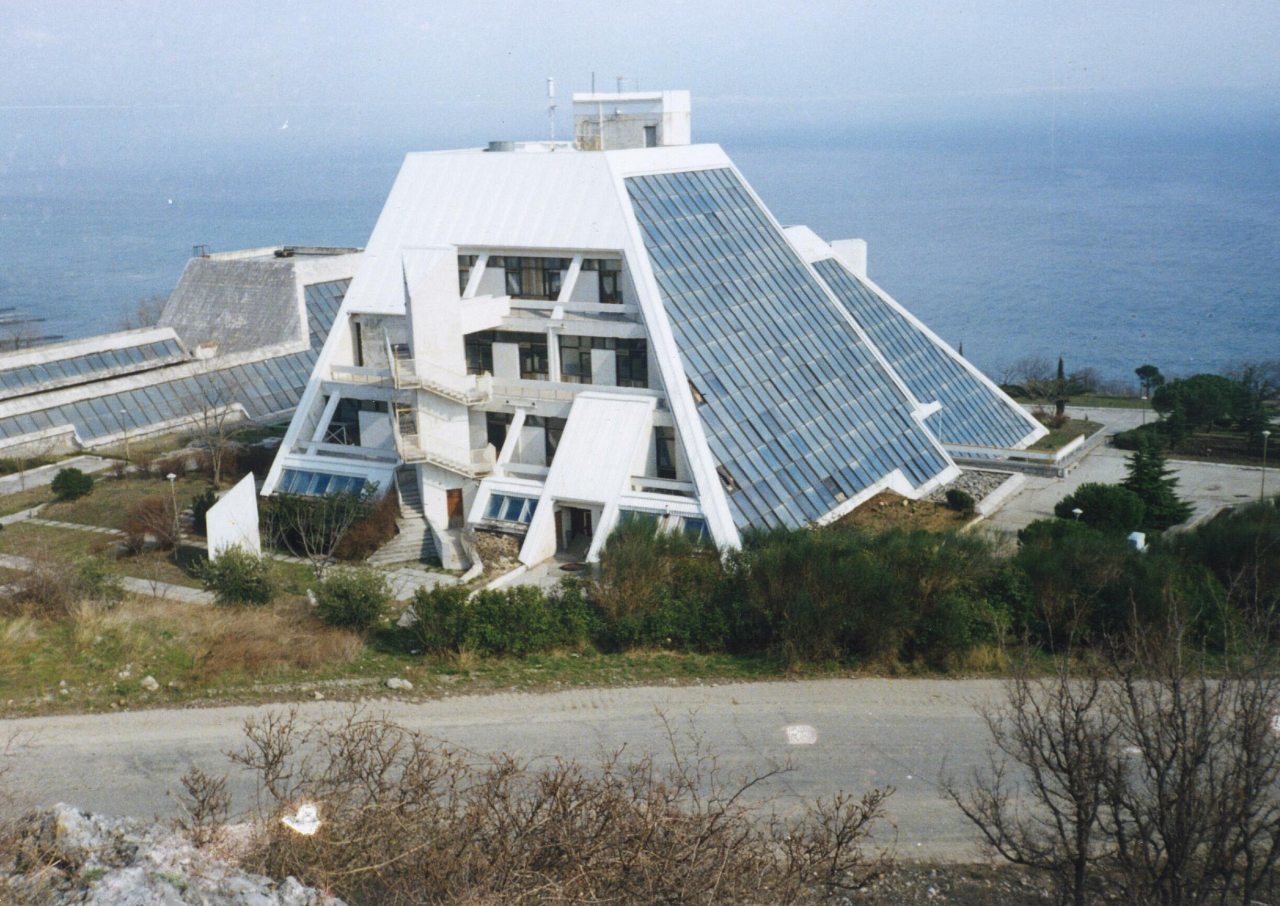
An experimental base for the use of solar energy, near Alushta, Crimea, completed in 1989. The building was equipped with a heating system that provided climate control thanks to the energy of the sun and also heated the water in the pool. The complex geometry of the buildings is the result of the need to create an inclined panel for installing heat collectors.
Read more
